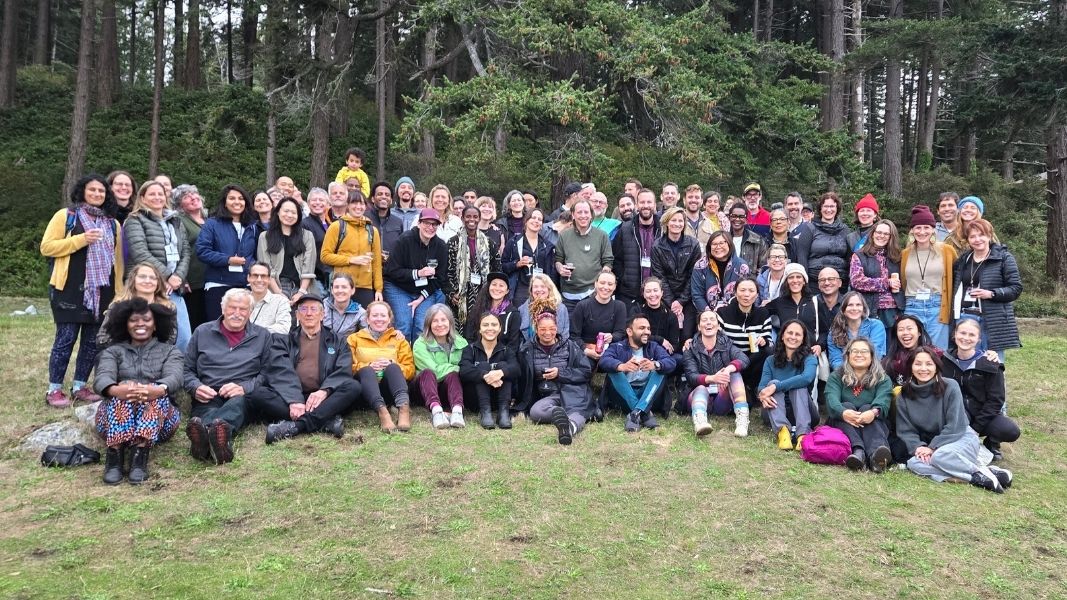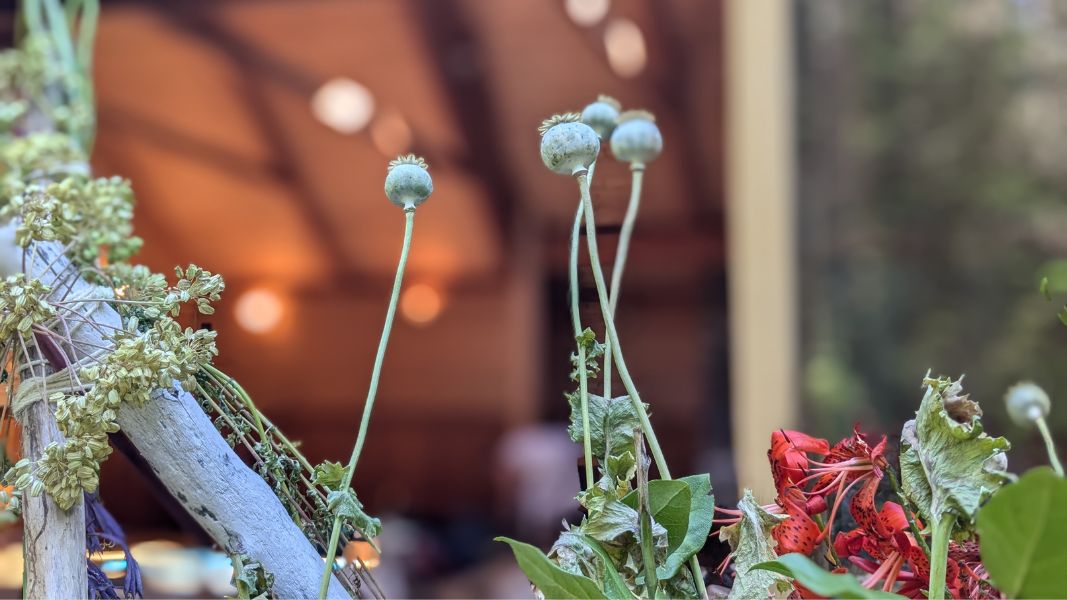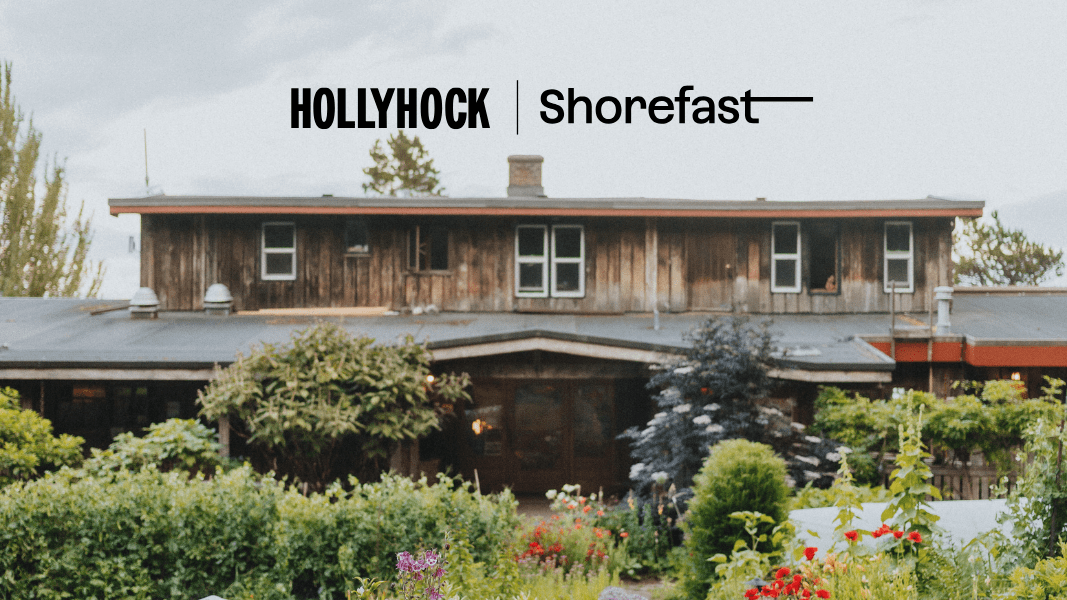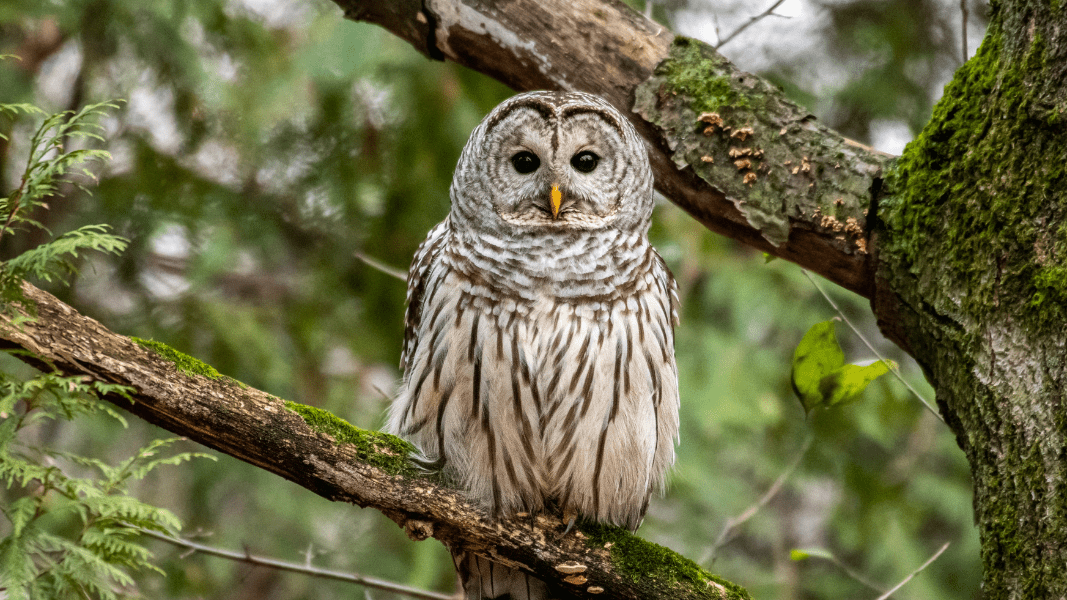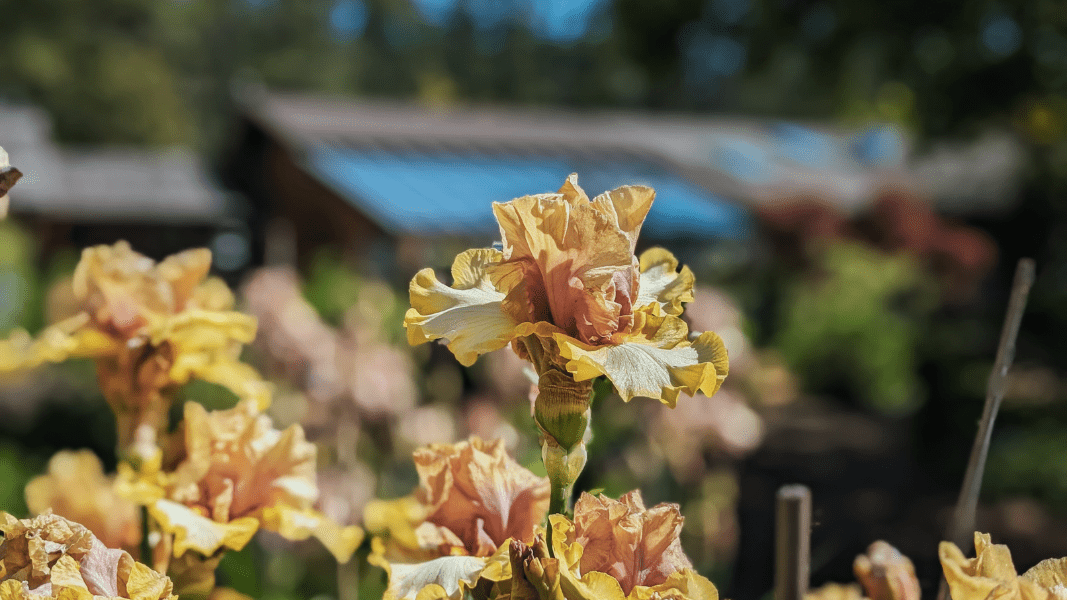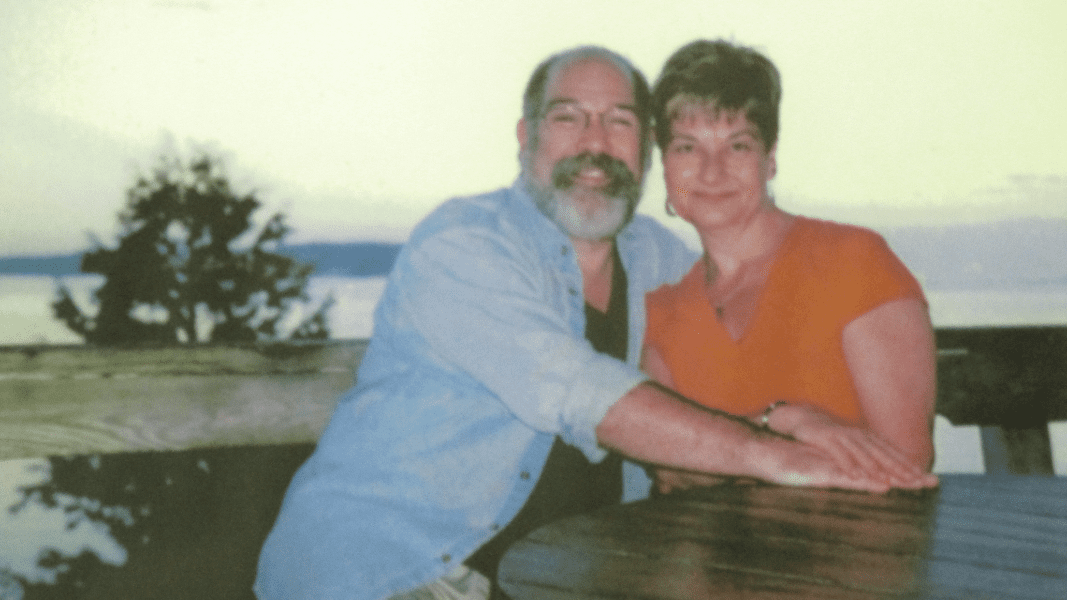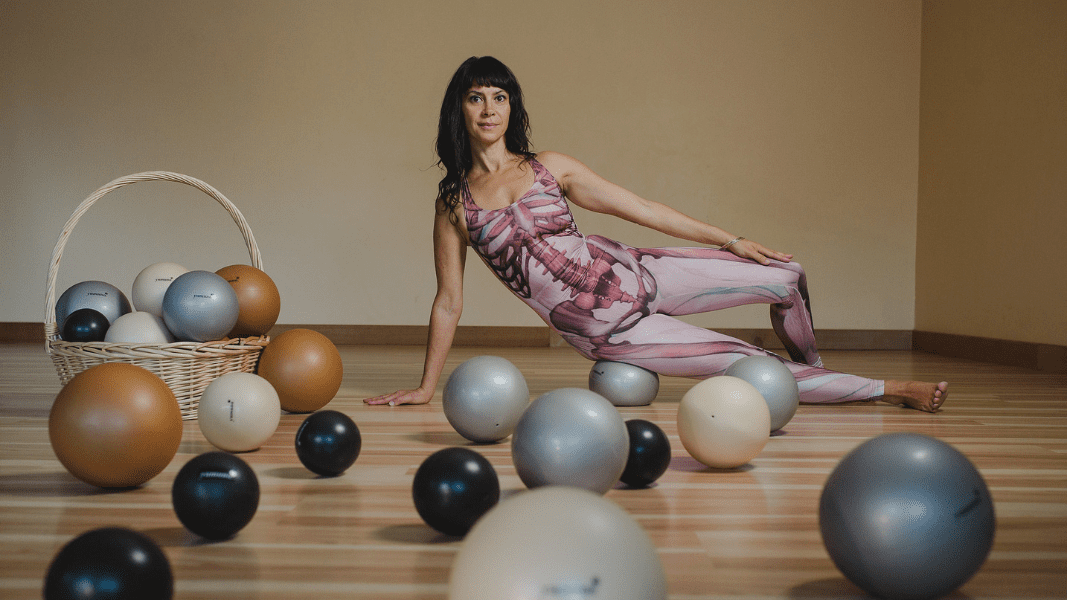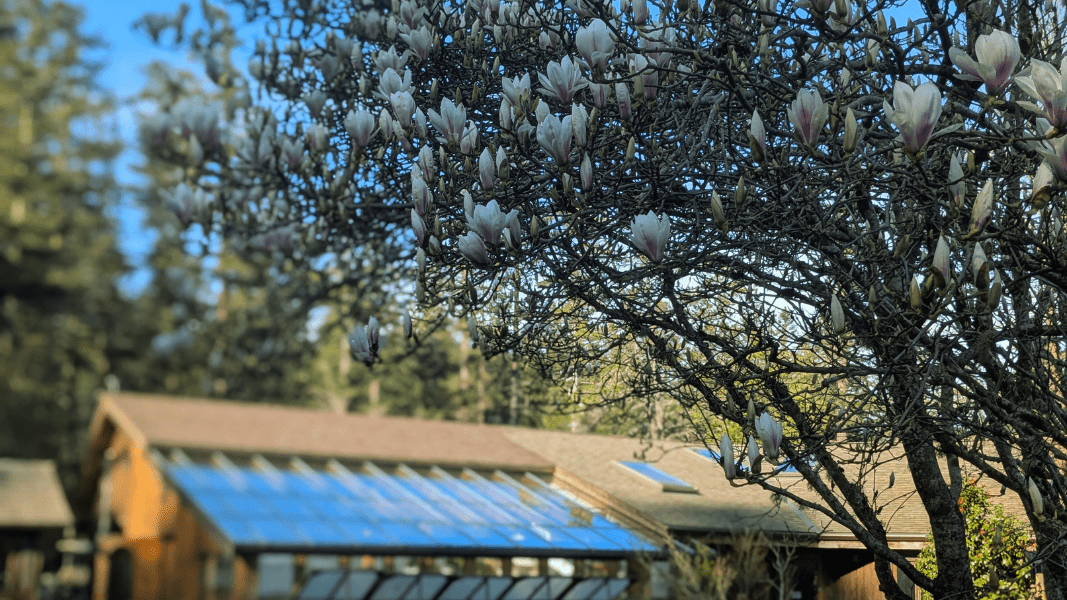Hollyhock CEO Peter Wrinch gave this speech at the 2022 Founders + Friends Soiree.
Our Collective Amygdalae
The human amygdala is a collection of cells the size of an almond, tucked behind our eyes beside the hippocampus. We actually have two amygdalae, one on each side of our brain. Our amygdalae are part of our ancient brain (not the brain stem, but the limbic system) and regulate our emotions with a particular focus on fear. It is believed that the amygdala helps to store memories of events and emotions that cause distress so that one can avoid such events in the future.It is our amygdalae that has helped our species survive for close to 300,000 years. The awareness of threats and the ability to remember them and avoid similar experiences has been incredibly helpful, particularly when the threats were immediate and life threatening: such as a saber-tooth tiger or a village destroying fire.
So what do our amygdalae do when we are facing multiple crises as a species? How does our brain react when we are faced with a world-wide pandemic? A climate crisis? Systemic racism? Income inequality? Generational transition? Over the last few years, our amygdalae have been pulsating. Whether it is COVID, climate, racism – your amygdalae have been working overtime, highlighting that things are not safe. But it is not just you – everyone you know (and don’t know) has been experiencing some version of the same – their amygdalae are working overtime.
What happens to our society when our collective amygdalae are working overtime?
- Dictators invade countries
- Courts strip rights from people
- Political polarization
When everyone is viewed as a threat, separation and disconnection become currency. Relationships fray; organizations fall apart; movements and societies become fractured; and change becomes impossible.
Connection as Antidote
There are some that will argue that the chaos/fear/threats processed in the amygdalae is the natural state of humanity. These heirs of Hobbes argue that fear is the guide post of human society and that no shared human purpose is possible. Our work at Hollyhock is a direct challenge to this world view and posits human connection as an antidote to the modern illness of separation and disconnection.
What started as a small experiment by a group of dreamers (forty years ago!) wanting to live in greater connection to each other and the natural world, has become a learning lab for tens of thousands of people to become a better version of themselves. This version is often connected, aware, engaged, and loving. The antidote that we provide is connection – to the experience of ourselves, to others, and to the natural world – understanding that these are interdependent. This is the ointment the amygdalae requires to respond with all of our gifts and faculties. Personal work is an important first step, but the engaged work in the world is required and in order to deliver it with durability and resilience. We need to soothe our amygdalae. The stakes are high and get higher with each day.
Soothing our amygdalae requires (re)learning how to be with ourselves and with one another. It is about recognizing the function of the amygdalae is to warn us of a threat and not turning away from it into distraction, reaction, nihilism or dysfunction. The core technology we offer at Hollyhock is to create meaningful experiences that fosters the ability to be with self and others – whether that is in brave spaces of disagreement or quiet contemplation.
Our offering is focused on recognizing the human experience of fear and the seduction of disconnection, acknowledging it, and actively choosing connection and engagement.
Over the years, I have often heard my friend and mentor, Tzeporah Berman say, “in order to build the world we want, we have to become the people we need to be.”
I agree. Will you join us? Your amygdalae will thank you.

